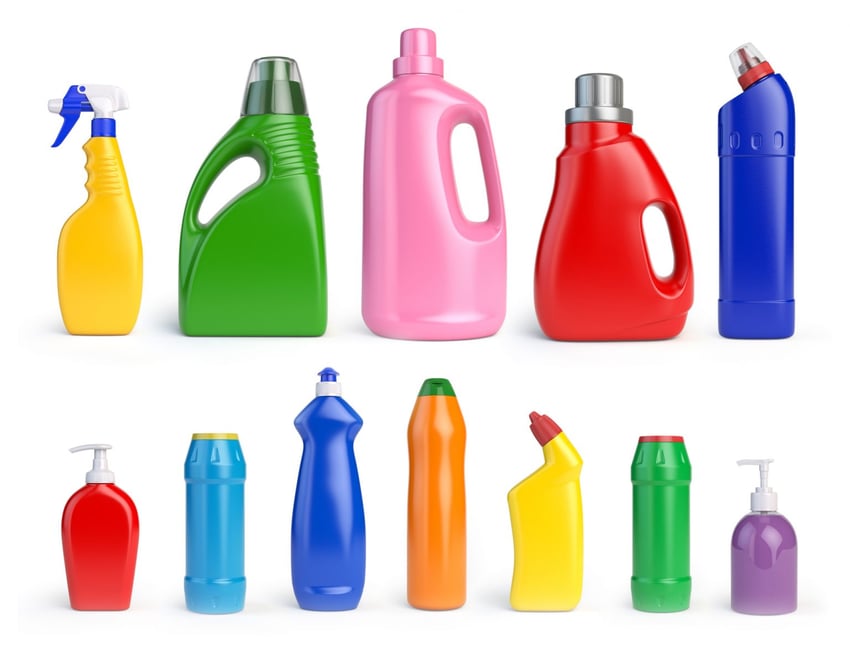How can you ensure consistent quality while being creative with your container design? There are 3 key variables in design that affect quality: the shape of the container, the thickness of the walls, and the type of material.

Providing new and interesting container designs can positively impact your business in a variety of ways. Decreasing the amount of material used or using recycled raw materials to produce each container can cut costs while adding a layer of environmental appeal. Providing an interestingly shaped container can help your customers increase the shelf appeal of their products and differentiate you as a supplier. But these advantages are weakened if your quality control falls off as you increase the variety and complexity of containers coming off your line.
Every component of your line, from conveyors to auxiliary machines, line speed and leak testing protocols, affects your efficiency, and has some impact on your container integrity testing outcomes. When you change the design of container you produce, whether it is a shift in material type, wall thickness, or shape, auditing your production environment is even more critical to ensuring consistent quality. Let us take a look at why.
3 Key Variables in Container Design and How They Affect Quality Control
- More complex shapes: Producing more complex container designs should not slow down your production line or negatively impact your quality. But the truth is that the more intricate a container design is, the more opportunities for errors there are. As you produce various shapes, container handling can be a critical factor in maintaining your line’s efficiency. For example, some shapes are more top-heavy: if your auxiliary machines and test heads are not properly matched, containers can fall over, clogging the line and impacting your line speed.
- Thinner walls: While producing containers with thinner walls requires less material, it can also lead to bottle disfiguration or warping when pressurized, during filling or testing. Using high pressure during leak testing can lead to an increase in false rejects, resulting in unnecessary waste and negatively impacting your productivity.
- Different materials: Another way to achieve different container designs is to use different materials, such as post-consumer resin (PCR) raw materials, either on their own or mixed with virgin materials. Increased PCR content increases the risk of imperfections, making leak testing even more critical. The regular use of testing, as well as precise and appropriate calibration of test equipment and protocols, is critical to ensuring consistent quality.
ALPS Inspection understands the challenges in achieving consistent high quality and can help you confirm complete container integrity as you take advantage of emerging design trends. ALPS Inspection engineers have the experience and expertise to help you determine the best test equipment, calibration, and protocols for every container you manufacture. And ALPS offers a range of equipment with features and capabilities to design almost any combination of handling, test head flexibility, and test sensitivity. So whether you’re adding new inspection to your line or simply broadening your container offerings, let ALPS help you make sure you’re set up for success.
